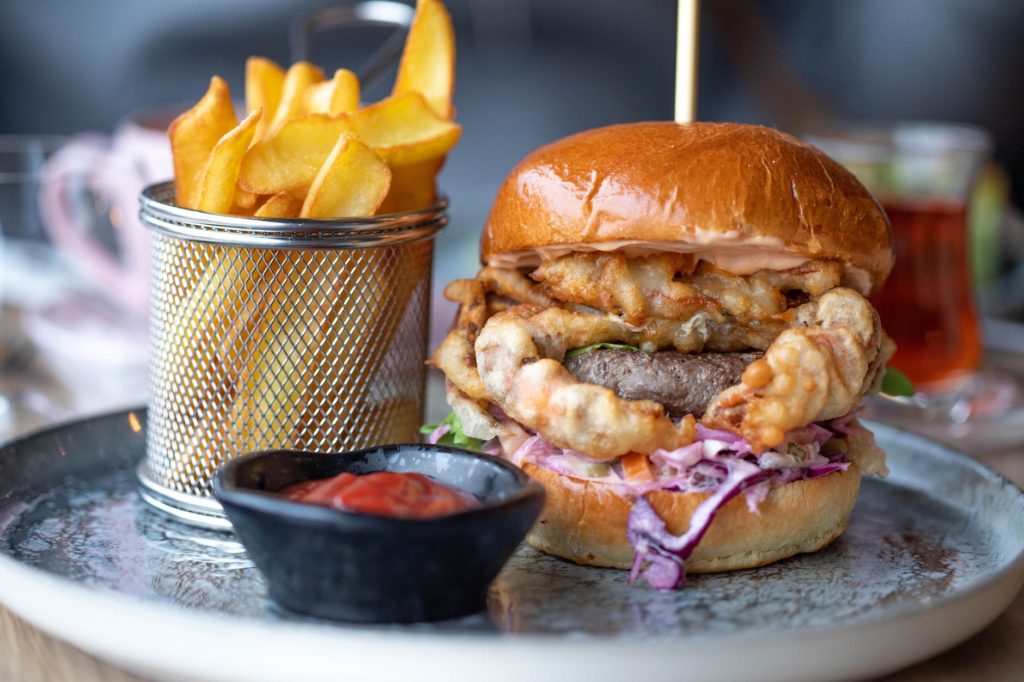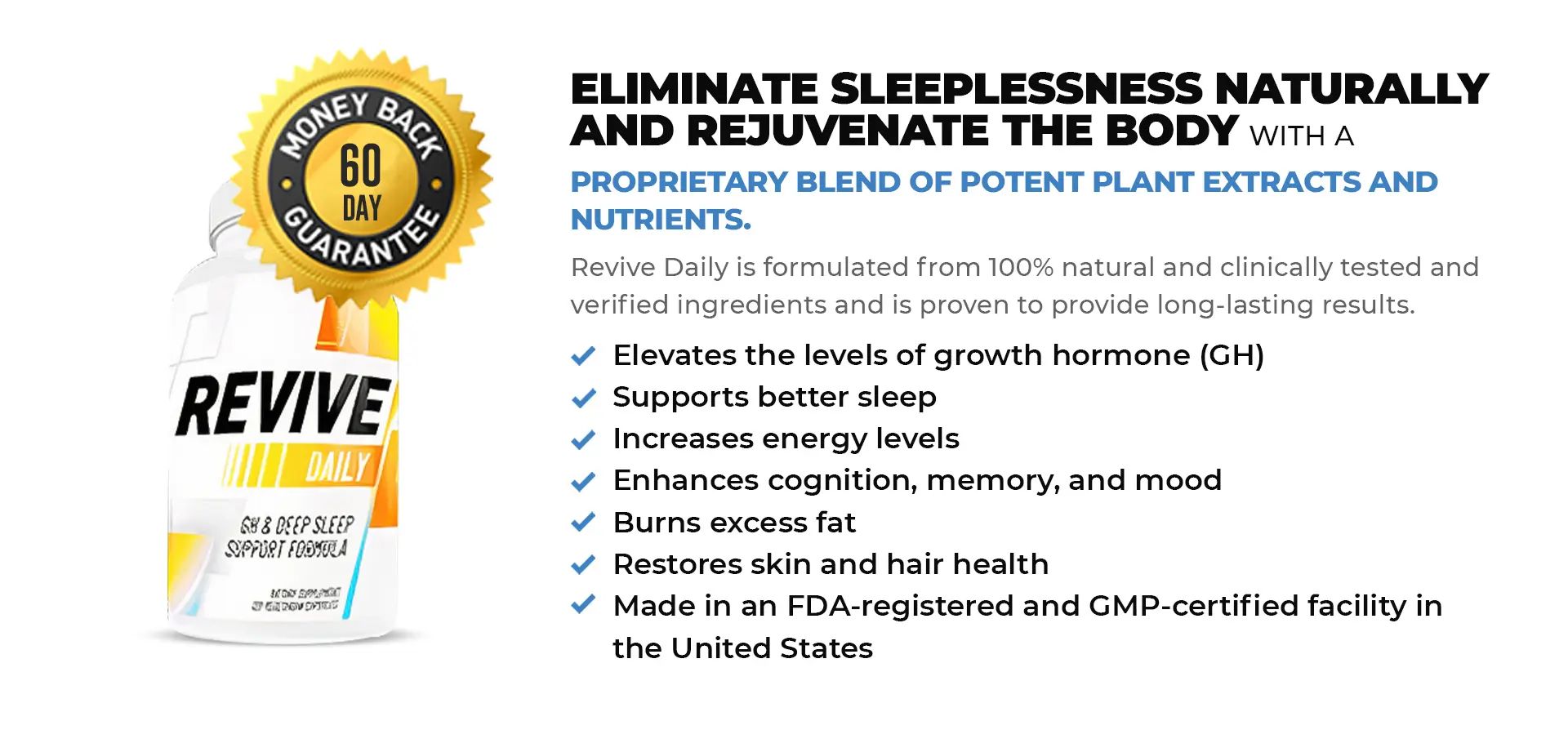Choosing low-fat high fiber foods for a healthy diet
Raising the level of dietary fiber, while lowering the amount of fat in your diet, is one of the most effective changes you can make, both in terms of weight loss and overall health and fitness. Unfortunately, most people consume too much fat and not enough fiber, and reversing that trend can be difficult even for the most motivated.
A good place to start is by knowing which foods are highest in dietary fiber. Eating a diet rich in these foods is a good way to boost fiber while lowering fat and other negative dietary elements.
When boosting the amount of fiber in the diet, however, it is best to start gradually in order to let your body adjust. An abrupt change in the amount of fiber in the diet can lead to cramps, abdominal pain, bloating, and gas.
Highest Fiber Food
Among the highest fiber foods are cooked legumes (including dried peas and beans), dried fruits, nuts, sesame seeds, sunflower seeds, and berries. These foods all contain more than six grams of fiber per serving.
Foods that contain from four to six grams of fiber per serving include a baked potato (with the skin), apples, pears, barley, brown rice, bran muffins, lima beans, snow peas, green peas, and sweet potatoes.
Further down the scale at two to four grams per serving are vegetables, citrus fruits, whole wheat bread, rye bread, and melons. These foods are still good sources of fiber, but you will need to eat more of them to get the full effect. That’s fine, though, since they are healthy, nutritious foods in many ways.
In order to enjoy healthier eating habits for life, it is important to make fundamental changes in the way you shop, cook, and eat. A diet should be more than a temporary change in eating habits; a true dietary change must be one you can follow for a lifetime.
When doing the weekly grocery shopping, get into the habit of hitting the produce section first. Fill your shopping basket with fresh, in-season fruits and vegetables, as they are rich sources of vitamins and minerals as well as fiber. Canned fruits and vegetables are good substitutes when the fresh varieties are out of season.
When choosing baked goods, always try to find those made with more nutritious and fiber-rich whole wheat flour, wheat bran, oat bran, poppy seeds, sesame seeds, oatmeal, or raisins.
Become a label reader. The federally mandated nutritional labels contain a wealth of valuable information for those who take the time to understand them. Nutritional labels contain valuable information on the calorie content, fiber content, and vitamin content of all packaged foods, and many meats, seafood, and poultry products as well.
Finally, there are some popular myths about fiber. It is important to dispel these myths as you seek to increase the level of fiber in your diet.
The first myth concerns the relationship of crispness to the level of fiber. In short, the crispness of food is no indication of the amount of fiber it contains. For instance, the vegetables commonly used in salads, although crisp, are not significant sources of fiber. The crunch of the lettuce is a result of the amount of water it contains, not its fiber content.
Many people also think that cooking foods break down fiber – it does not. Cooking has no effect on the fiber content of foods. Peeling vegetables and fruits, however, does remove some of the fiber, since the skins of fruits and vegetables contain fiber. Edible skins, such as apple peels, can be good sources of fiber.
No matter what your reasons for increasing the amount of fiber in your diet, you may well find that this is one of the most positive dietary changes you ever make. Increasing fiber can have a significant impact on your future health and well-being, and the change is easier to make than many people think.
DISCLAIMER:
This information is not presented by a medical practitioner and is for educational and informational purposes only. The content is not intended to be a substitute for professional medical advice, diagnosis, or treatment. Always seek the advice of your physician or other qualified healthcare providers with any questions you may have regarding a medical condition. Never disregard professional medical advice or delay in seeking it because of something you have read.
Since natural and/or dietary supplements are not FDA-approved they must be accompanied by a two-part disclaimer on the product label: that the statement has not been evaluated by FDA and that the product is not intended to “diagnose, treat, cure or prevent any disease.”





